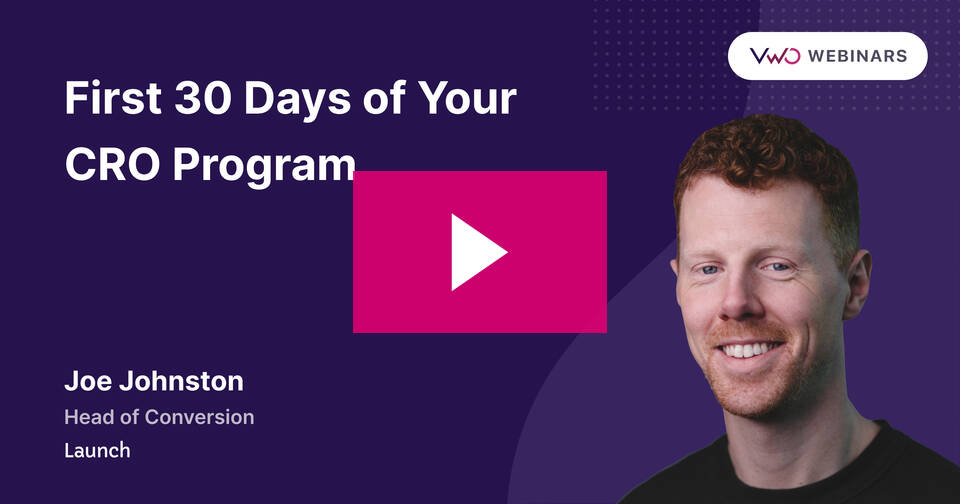Unlocking CRO Tests: A Step-by-Step Guide on Implementation, Techniques, Examples, Types, and Essential Tools
In the ever-evolving landscape of online business, one fundamental marketing practice stands out: before rushing into the pursuit of getting more traffic, ensure your website is a well-oiled conversion machine that turns visitors into customers.
This helps you save money that you would have otherwise spent on running more paid ad campaigns for acquiring more traffic. More importantly, it enhances visitor experiences, building trust among them and encouraging them to engage and purchase from your website.
It is this very focus that has led businesses to embrace Conversion Rate Optimization (CRO tools) for increasing website conversions. However, implementing this approach involves extensive research, strategic planning, rigorous testing, and thorough analysis.
Consider Bear Mattress, a US retail company, as a case in point. They aimed to boost revenue by optimizing the cross-sell flow on their website. They wanted to understand how this section could be improved to help visitors navigate seamlessly, interact with it, and opt for cross-sell offers and complete purchases.
How did they achieve it? By delving into visitor behavioral analysis, identifying friction points on the product page, and conducting an A/B test. The result? A redesigned cross-sell section that led to a remarkable 16% increase in revenue.
Regardless of your industry, harnessing CRO tests can help you achieve your business goals as well. The key lies in following a systematic CRO testing approach.
In this blog, we’ll dive into the world of conversion rate optimization tests and how to perform them.
Let’s start.
What is a CRO test?
A CRO test refers to the experiments you run on your website to see what improves the chances of visitors taking a desired action and becoming customers. For example, a CRO test on an eCommerce store might involve trying different variations of product descriptions, changing the color or position of the CTA button, or various images. The primary objective is to figure out which changes work best in encouraging visitors to move down the conversion funnel on the website.
How to perform a CRO test?
Without a methodical strategy, businesses risk missing out on unlocking the full potential of CRO testing. To guide you toward impactful results, we’ve outlined the steps in this strategic journey that you should follow:
Get ideas from research
Kickstart by gathering ideas from research. Skipping this step makes it difficult to figure out what’s wrong with your website or app and how to fix it. You can use behavior analytics tools like heatmaps and session recordings. They help you understand how visitors interact with different elements on your website and come up with ideas for impactful CRO tests.

For example, consider you have a SaaS website, and you see through color-coded heatmaps and recordings that visitors aren’t scrolling down the landing page to fill in the form below the fold. You can hypothesize that optimizing the form position can help boost the average conversion rate on your website.
Sort your ideas
After coming up with different CRO test ideas, it’s time to decide which ones to focus on first. Pay attention to the ideas that can have the biggest impact on your business goals. For example, setting ‘increase purchases’ as a goal can boost overall revenue on a website. However, for some businesses, it might make more sense to conduct CRO tests that address immediate navigation bottlenecks. Take the route that meets your priorities at a given point in time.
Run the right type of test
Choose the right type of test for your needs – whether it’s A/B testing, a split URL test, or multi-armed bandit testing. A/B testing is great for comparing two versions of an element on a webpage. Split testing is ideal for trying out variations of a webpage. MAB testing is effective when you need faster results in a shorter time. Once you’ve made your decision, design test variations, determine the testing duration, and allocate sample sizes accordingly.
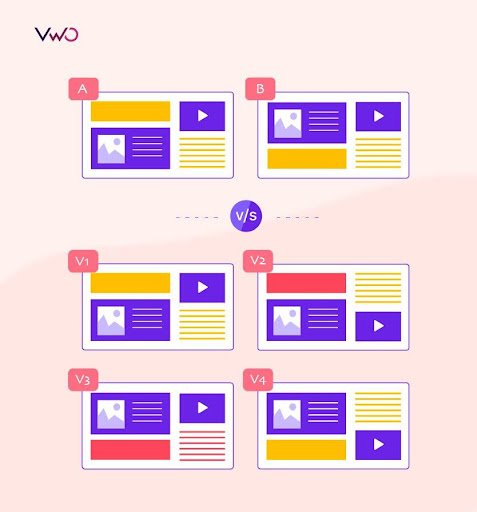
Opting for a platform like VWO enables you to seamlessly conduct research, execute any type of test, analyze results, and document your learnings all in one place. Explore the features available in VWO’s free trial in our blog. If it piques your interest, go ahead and take a free trial.
Conduct an in-depth analysis
Check how the test affected the metric you’re looking at. Did it go up for the new version, or is the original still better? Break down results by visitor segments, like age or devices, for more insights.
Sometimes, a test might not do well overall but can be great for a specific group. If you notice this, you can personalize visitor experiences based on their responses. Complement your data analysis with qualitative insights to gain a comprehensive understanding of your test results. With VWO Insights – Web, you can explore detailed heatmaps of your testing variation, providing additional visual insights.
Iterate for better results
If the variation wins, you are highly likely to ship it. But what if it doesn’t win, or it wins but the uplift is not up to your expectations? In such cases, keep iterating by refining and optimizing elements based on insights gained from previous CRO tests. Iteration enables you to systematically address new hypotheses and incorporate them into your conversion optimization strategy, aiming for higher conversion rates.
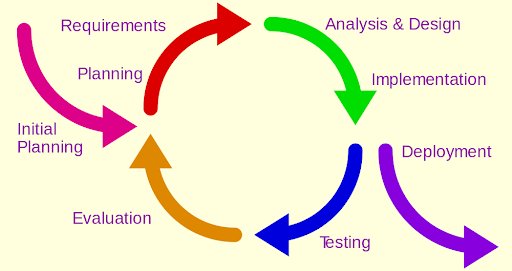
Different types of CRO tests
In the realm of conversion rate optimization testing, various testing methods come into play. Each has its role in improving how users engage with your website or app.
A/B testing:
A/B testing compares two versions of an element on a webpage or app to determine which one helps improve the website’s conversion rate. This method is useful for optimizing elements like headlines, call-to-action buttons, copy, or images.
Note: A/B testing is a type of test in your CRO program. CRO includes different test types, and A/B testing is just one. Learn more in our blog for a clear understanding of CRO and A/B testing.
A/A testing:
A/A testing is a form of testing where both versions (A and A) are identical. It’s done to ensure the testing process is reliable and that the testing platform is working correctly.
Split URL testing:
This method involves testing different URLs rather than variations on the same page. It’s beneficial when comparing entirely different designs or visitor journeys. Conversion rate optimization split testing is ideal for comparing completely distinct web page layouts or structures.
Multivariate testing:
Unlike A/B testing, multivariate testing assesses multiple variations of multiple elements on the same page simultaneously. It provides insights into how different combinations impact visitor behavior. Conversion rate optimization multivariate testing is best suited for websites with multiple interactive elements that can be tested concurrently.
Multi-armed bandit testing:
A dynamic approach where the traffic allocation to different variations is adjusted based on their performance. It adapts in real-time to direct more traffic to successful variations. This approach is effective when there is a need for faster results in a quicker time.
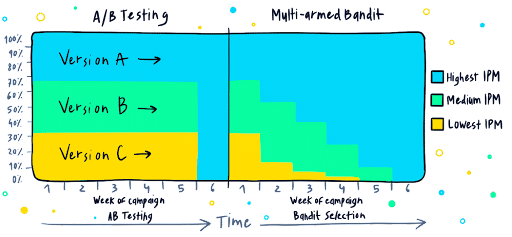
A/B/n Testing:
An extension of A/B testing that involves more than two versions (A, B, C, and more) of a webpage. It allows for testing multiple variations simultaneously. This is useful when you have several variations to test and want to determine the most effective one.
Tools for CRO Tests
Having the right tools at each stage of your CRO test is paramount for success. Discover the tools that streamline your research, facilitate seamless experimentation, and ensure thorough analysis.
Research stage:
Begin by utilizing tools such as Google Analytics 4 or Mixpanel to gather quantitative data. This data helps you understand the nature of the problem—for instance, identifying issues like a high bounce rate or a decrease in average session duration on a webpage. Once you’ve pinpointed ‘what’ the problem is, you can then delve into behavior analytics.
While there are various behavior analytics tools available, such as Hotjar and Microsoft Clarity, VWO Insights stands out with its enhanced capabilities. The Insights Dashboard within VWO Insights – Web helps you view your website’s engagement score, along with page-level heatmaps and recordings, providing all the essential insights at your fingertips.
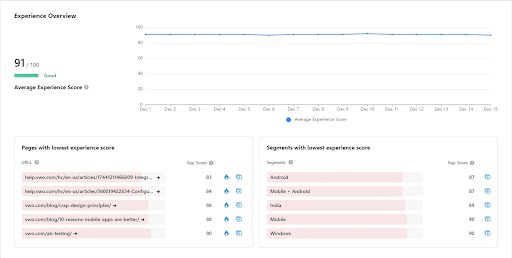
insights from user survey responses, making the optimization journey even more efficient.
Listen to the consumer psychology expert Daniel Gold talk about boosting CRO with behavioral research:
Hypothesis generation stage:
Both Convert and Conversionista offer free A/B testing hypothesis generators, helping you create the testing hypotheses that lay the groundwork for your optimization efforts.
Did you know that with VWO, you can receive AI-generated personalized testing ideas within seconds? All it takes is a simple scan of your webpage URL.
These ideas, rooted in scientific principles, are trustworthy for implementation. Moreover, they provide actionable insights, suggesting specific changes based on the testing idea. Conveniently, you can integrate these valuable insights into VWO Plan, the platform’s built-in project management tool.
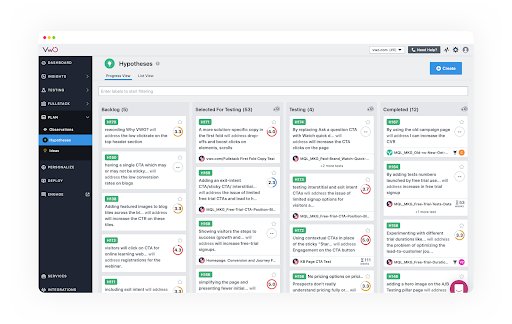
Pre-experimentation stage:
Before diving into experimentation, you need pre-experiment tools to set testing duration, determine sample size, and calculate statistical significance for unbiased conversion data. VWO has all of these free calculators to set the stage for your optimization journey.
Experimentation stage:
When choosing a testing platform, versatility is key. Not every testing scenario calls for an A/B testing approach, and switching tools for each test can be impractical. While testing software like Optimizely, AB Tasty, and Kameleoon are suitable for A/B testing, VWO stands out as an integrated platform offering advanced testing capabilities and comprehensive behavior analytics. Instead of juggling between different tools, VWO provides you with a seamless solution for your various testing needs.
We want you to make informed decisions based on your needs and budget. So, read our curated list of top testing platforms to make the right choice.
Analysis stage:
Post-test analysis is a crucial stage of your CRO program. The tool you’ve used should help you in analyzing test results and providing clear yet in-depth insights. For example, it should allow you to delve into various segments, helping you understand how specific groups responded to your test. Check out our blog to learn about the effectiveness of strategic splits in testing.
With VWO, you can document your findings and easily share test results with your team. Additionally, did you know you can leverage Google Analytics 4 for in-depth analysis of your A/B tests? Dive into our blog to make the most of GA4 for your testing analysis.
Real-world examples of CRO tests
How Orah increased demo requests with A/B testing
Orah, a software company, noticed an inconsistency in visitor behavior through user testing on its website. While past hypotheses led to a negligible increase in conversion rates, this time, combining qualitative and quantitative feedback resulted in a clearer hypothesis aligned with business goals.
The team believed that adjusting sections on the homepage for easy access to information would improve new visitors’ understanding of the company’s offerings. To validate the hypothesis, an A/B test was executed on the company’s website using VWO. As expected the variation increased demo requests by 63.27%.
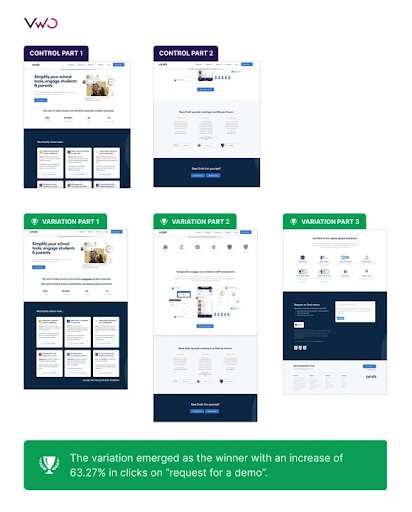
How Hyundai increased CTR by 208% with multivariate testing
Hyundai.io noticed high traffic on their car model landing pages, but few requests for test drives or brochure downloads. Using VWO, they discovered that various elements on their landing pages might be causing friction. Running a multivariate test would help figure out which elements make visitors want to test drive or download a brochure. They opted for multivariate testing and created variations for:
- New SEO-friendly text vs old text.
- Extra CTA buttons vs no extra CTA buttons.
- Large car photo vs thumbnails.
With a total of 8 combinations tested, they aimed to enhance user engagement and achieve better results. This test not only helped Hyundai increase CTA by 208% but also boosted leads by 60%.
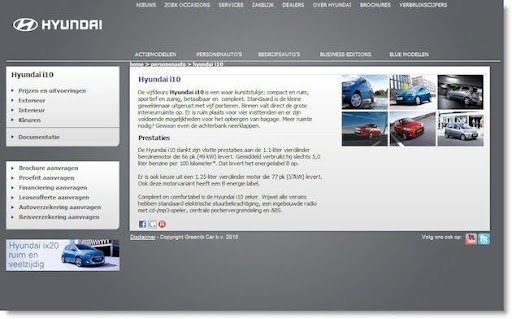
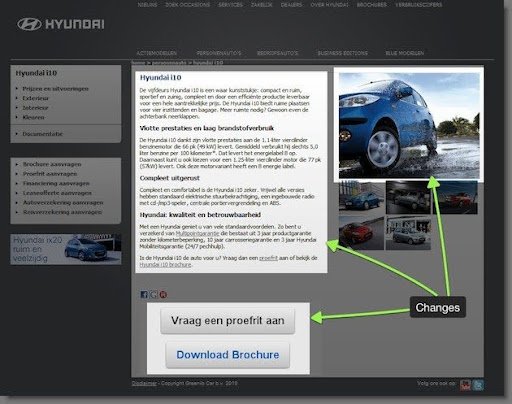
How Shirtinator improved revenue by 72% with split URL testing
Shirtinator, a leading online seller of customized textiles and personalized gifts in Europe, directed desktop and laptop users to a specific website, while mobile traffic was redirected to a mobile site. However, the mobile website, designed for small phone screens, wasn’t optimized for tablets.
To improve this, the team experimented by directing traffic from Android-based tablets to the desktop website under development. The new variation worked great for tablet users, showing a significant 71.81% increase in revenue and a 32% rise in completed orders compared to the mobile website.
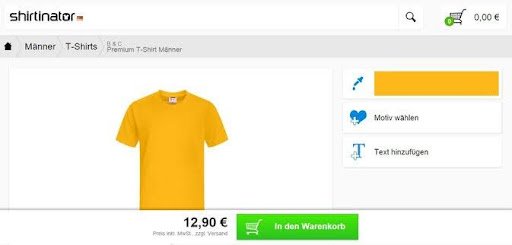
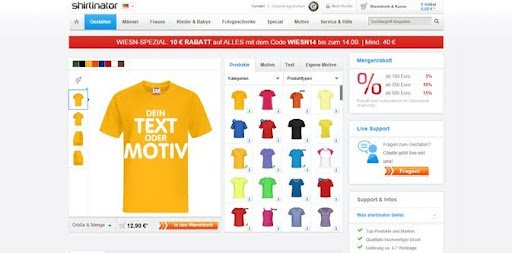
Just getting started with CRO? Watch Joe Johnston tell you why the first 30 days are crucial for your CRO success.
Conclusion
Life functions smoothly when there’s a system, a set of steps to follow. Just like preparing a delicious dish requires the right recipe or playing good music demands a harmonious arrangement of chords, CRO tests are no different. You have to follow the right steps and use the correct tools to ensure success.
We’ve also provided some examples to illustrate how others have effectively employed a proper strategy in their CRO testing. If you’re convinced that VWO can propel your business forward, take advantage of a free trial now.


